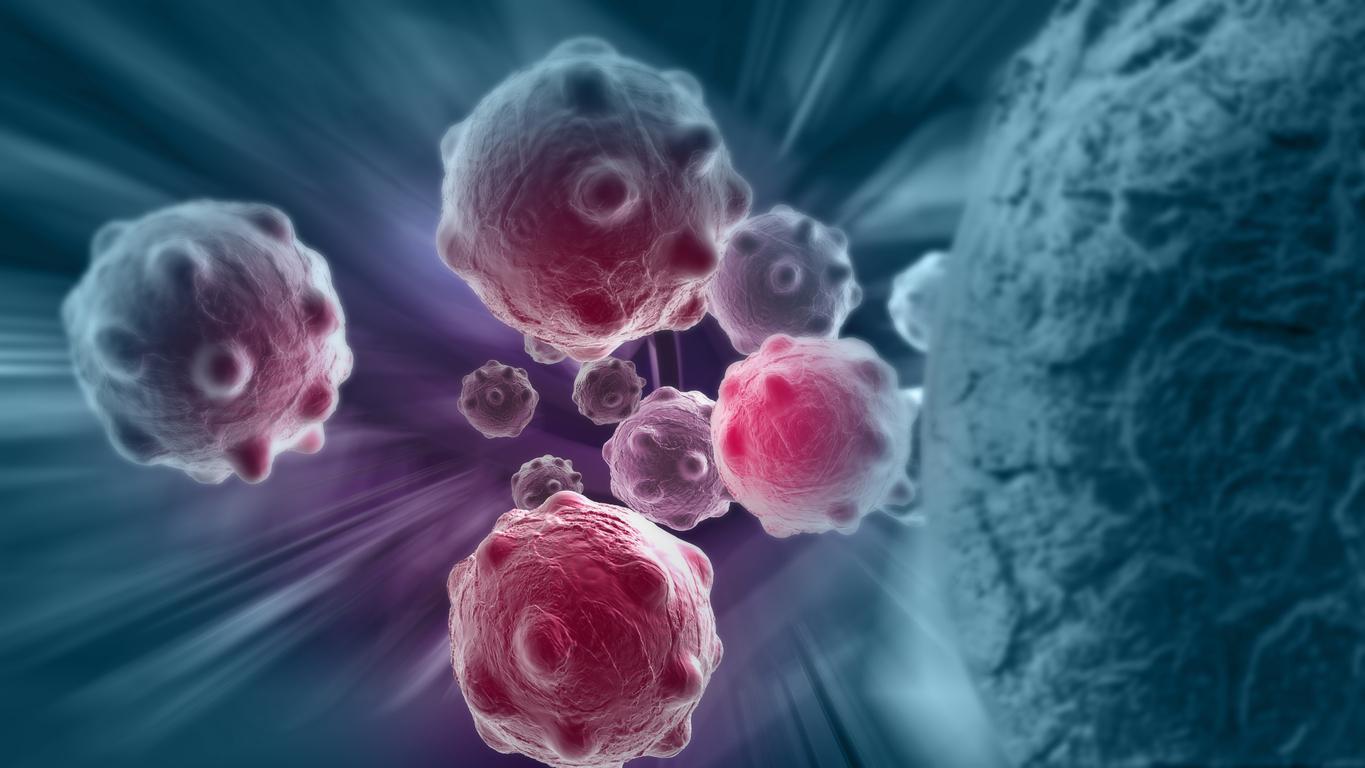A little-studied brain cell could explain why glioblastoma, an aggressive brain cancer, is resistant to treatment.

- American researchers have discovered that a family of brain cells is involved in the resistance of glioblastomas to treatments.
- Perivascular fibroblasts help this aggressive form of brain cancer evade the immune system.
- Future work could improve the effectiveness of immunotherapy treatments.
It is one of the most aggressive cancers and one of the most resistant to treatment: glioblastoma affects more than 3,000 people each year in France. The survival rate is estimated at two years on average. One of the challenges for scientists is to improve the life expectancy of patients. Researchers from the University of Notre Dame, located in the United States, have made a promising discovery. In NPJ Genomic Medicine, they explain having discovered a cell whose study makes it possible to understand the resistance of glioblastoma to treatments. This family of cells, called perivascular fibroblasts, has been little studied by science.
Glioblastoma: the role of a family of brain cells in resistance to treatment
“It was a chance discoveryunderlines Maksym Zarodniuk, lead author of the study. We started our work in a completely different direction and stumbled upon this population of cells using a combination of bulk and single-cell RNA sequencing analyzes of patient tumors..” The researcher and his team used different cutting-edge techniques for their research, including bioinformatics and artificial intelligence. This allowed them to observe the environment of the tumor and in particular the so-called scaffolding cells which the role is to help the migration, proliferation and differentiation of other cells. So, they noticed the presence of perivascular fibroblasts.”These fibroblasts are typically found in the blood vessels of a healthy brain and deposit collagen to maintain the structural integrity and functionality of brain vessels.”indicate the authors.
Perivascular fibroblasts: how do they make glioblastoma resistant to treatment?
Using data on glioblastoma, researchers were able to identify two groups of patients: those with a higher proportion of perivascular fibroblasts and those with significantly fewer. They found that brain cancer patients with more perivascular fibroblasts in their tumors were more likely to respond poorly to immunotherapies and have poor survival outcomes. “Perivascular fibroblasts support the creation of an immunosuppressive tumor microenvironment, allowing the cancer to better evade the immune system.”, noted the American researchers. They can also help cancer resist therapies, including chemotherapy, by promoting certain cancer cells considered to be a major source of tumor relapse and metastases.
Glioblastoma: future research to improve the effectiveness of immunotherapy
According to the authors, because these cells are present in the brain’s vasculature, they are likely able to infiltrate the tumor via the blood. “In the future, we want to carry out further experiments to confirm what we have discovered in this research and provide a good foundation to start thinking about how to improve the response to immunotherapy“, concludes Maksym Zarodniuk.

















